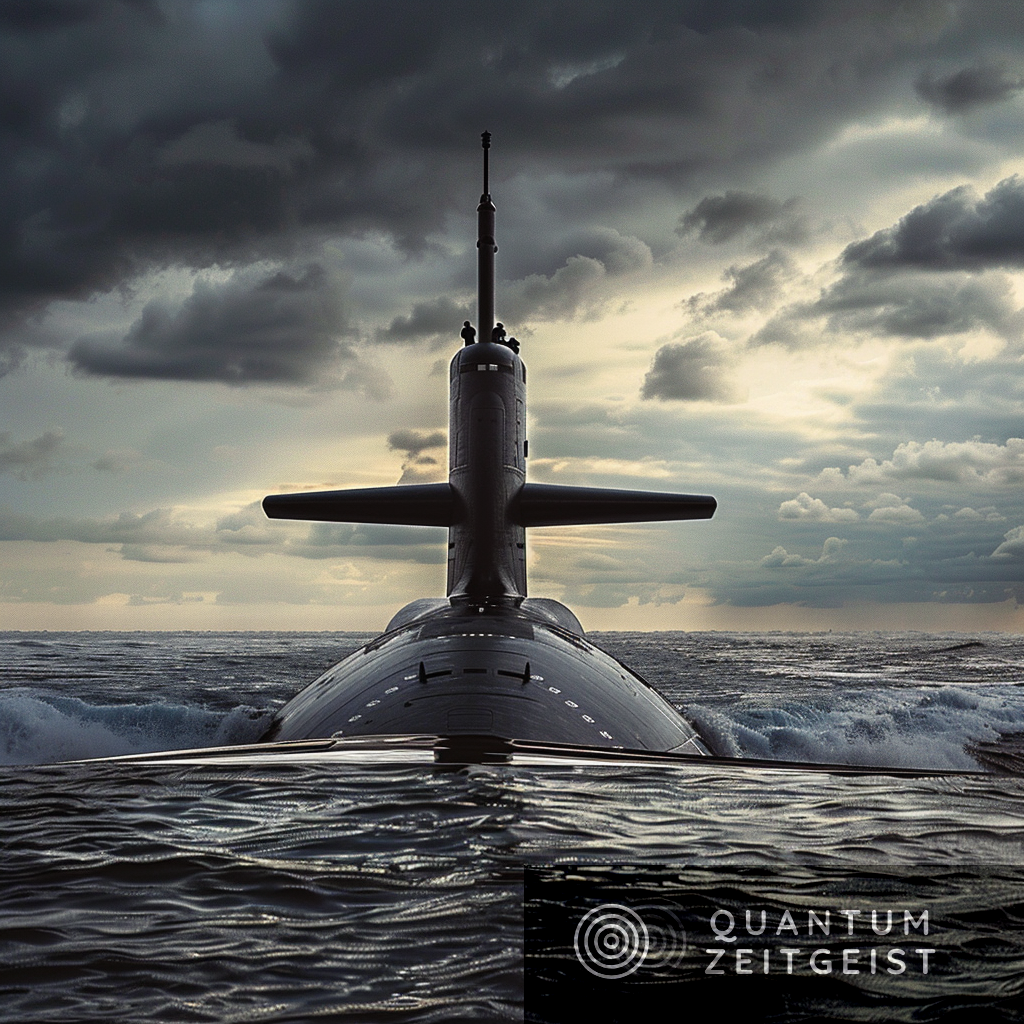Researchers at the U.S. Naval Research Laboratory (NRL) are developing a Continuous 3D-Cooled Atom Beam Interferometer to improve naval navigation systems and reduce reliance on GPS. The technology, which uses a cold, continuous beam of atoms, could allow the Navy to operate in GPS-denied environments. The NRL aims to extend the time before navigational drift limits mission duration. The NRL Base Program and the Office of Naval Research sponsored the research. Key individuals involved in the project include Jonathan Kwolek, Ph.D., a research physicist, and Dr. Gerald Borsuk, NRL Associate Director of Research for Systems.
Quantum Inertial Navigation: A New Path for Naval Navigation Systems
The U.S. Naval Research Laboratory (NRL) has developed a patent-pending Continuous 3D-Cooled Atom Beam Interferometer, a novel technology that aims to enhance the accuracy of Naval navigation systems. This development is part of a broader field of research known as quantum inertial navigation, which seeks to improve the precision of inertial measurement systems.
Inertial navigation is a self-contained navigation technique that uses measurements from accelerometers and gyroscopes to track the position and orientation of an object relative to a known starting point, orientation, and velocity. The NRL’s interferometer operates differently from most modern implementations of an atom interferometer. By using cold, continuous atoms, the researchers have unlocked several advantages and novel measurement techniques.
The Potential of Atom Interferometry in Navigation Systems
The Continuous 3D-Cooled Atom Beam Interferometer, enabled by the unique properties of the atom source, exhibits promising measurement characteristics such as high measurement contrast, low noise, and improved handling of variations in the sensor’s environment. This technology could potentially allow the Navy to operate in environments where GPS is denied and overcome limitations to the accuracy of GPS.
Inertial navigation systems can accumulate errors over time, leading to a loss of accurate position information. For instance, commercially available systems can navigate with an error accumulation of roughly one nautical mile over 360 hours. The NRL aims to develop technologies that extend this time, reducing the impact of navigational drift on mission duration.
The Role of Atom Interferometers
Interferometers are devices that extract information from interference using coherent waves. They are widely used for precise measurements of displacements, refractive index changes, and surface topologies. Atom interferometry, a method within atomic physics, uses quantum interference of atomic matter waves to measure extremely precise changes in environmental conditions, such as fields or inertial forces.
Atom interferometers can also be used to discipline another sensor, much like how clocks are disciplined to GPS. This combination of an interferometer with a co-sensor can enable interferometers to realize a benefit in a real-world measurement scenario. However, there are trade-offs to operating an atomic interferometer, such as the enhanced sensitivity correlating to a worse dynamic range.
Quantum Technology and the Future of Defense
The National Defense Authorization Act for Fiscal Year 2024 states that quantum technology is approaching a tipping point that will determine how quickly it can make an impact. If the United States can stay on pace, many important outcomes for the Department of Defense (DOD) can be realized, including robust position, navigation, and timing for DOD freedom of operations with precision strike even with contests in spectrum, space, or cyber operations.
A Less GPS-Reliant Navy
The NRL has been delivering navigation solutions to the fleet since its inception, with a significant breakthrough occurring in the 1960s with the invention of GPS. Despite decades of GPS development, optimized inertial navigation systems allow the Navy to mitigate risk against becoming completely reliant on GPS. The lab is now leveraging advanced atomic and optical techniques to invent new architectures for inertial measurement that promise accurate navigation of dynamic Navy platforms.
External Link: Click Here For More

